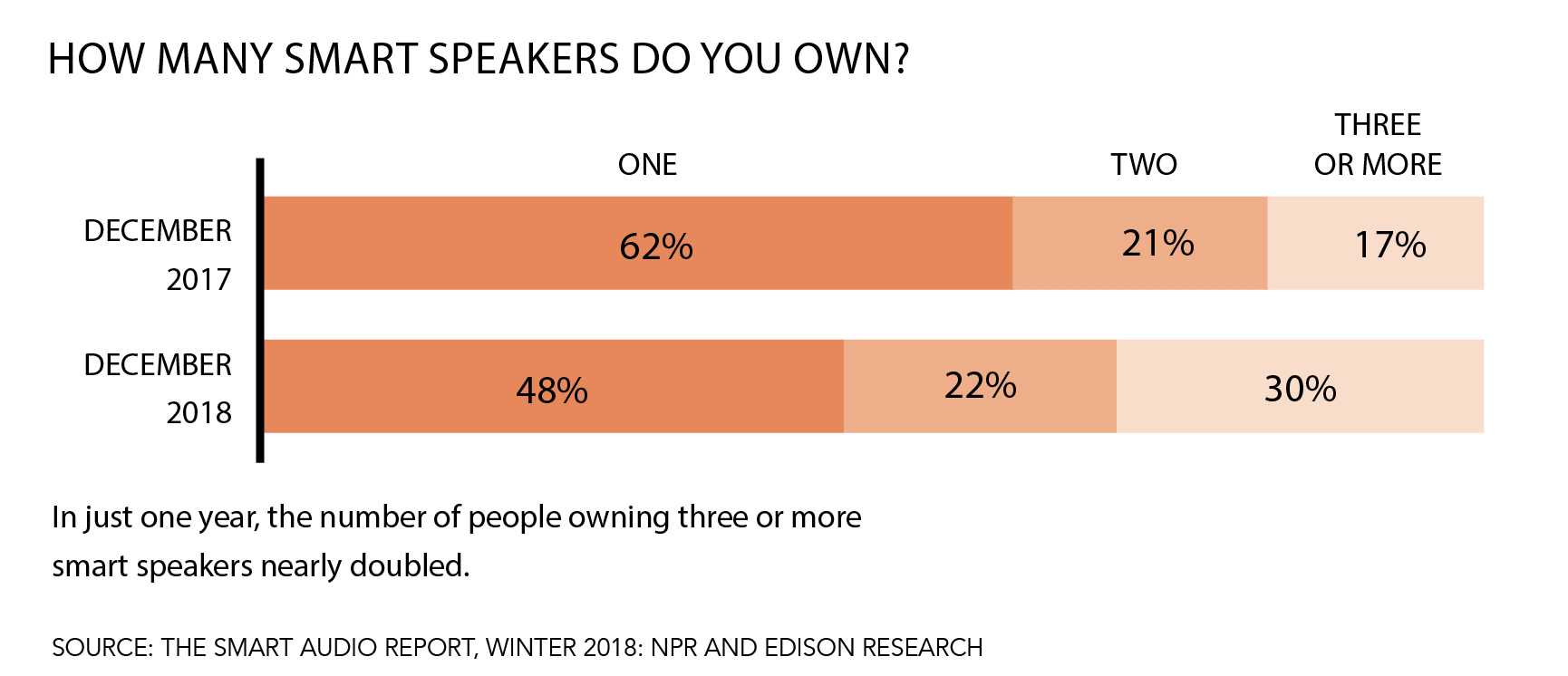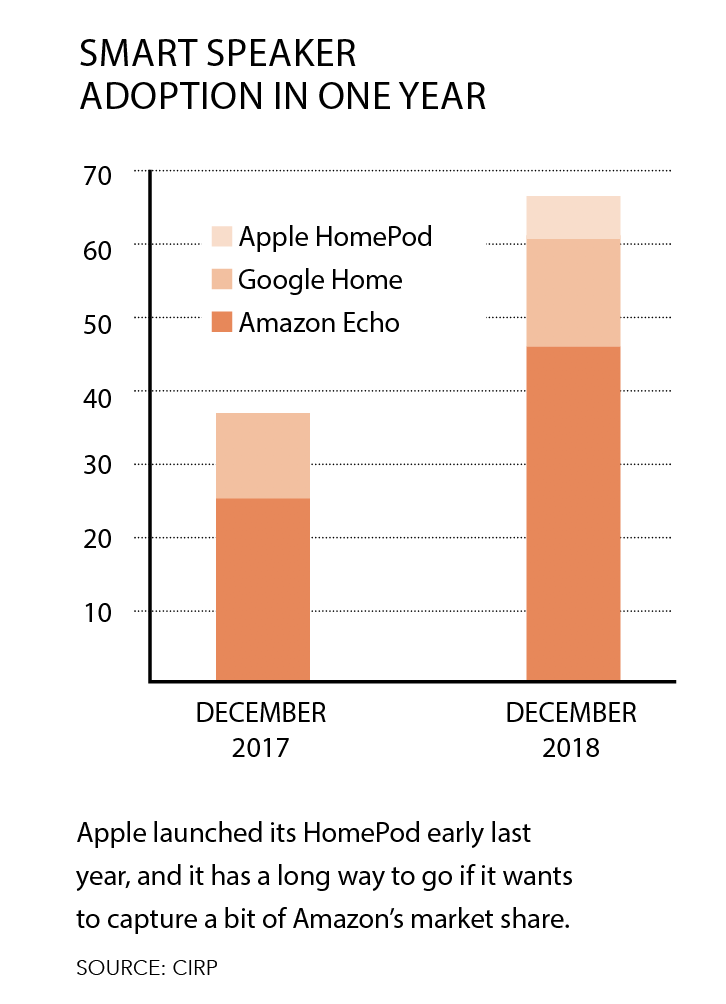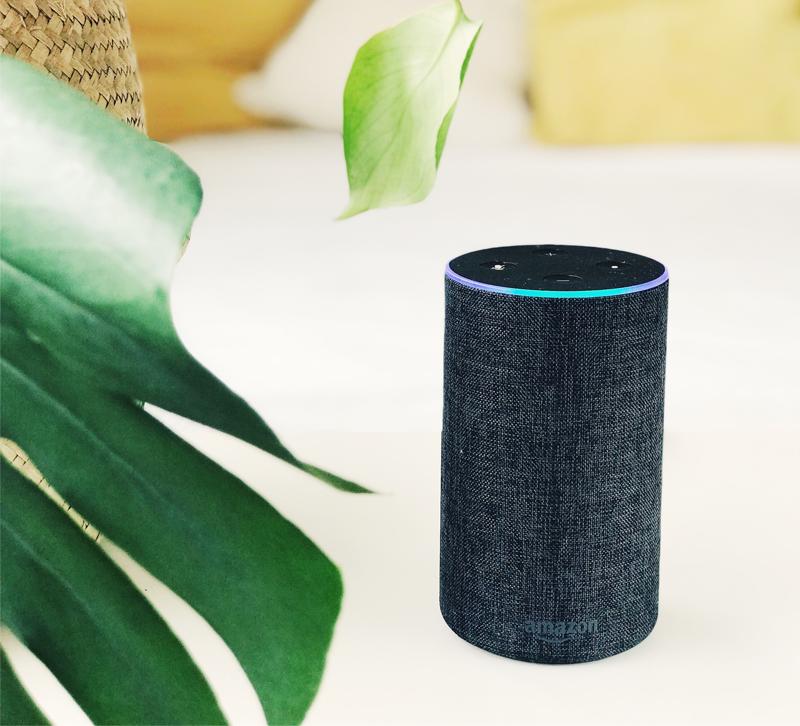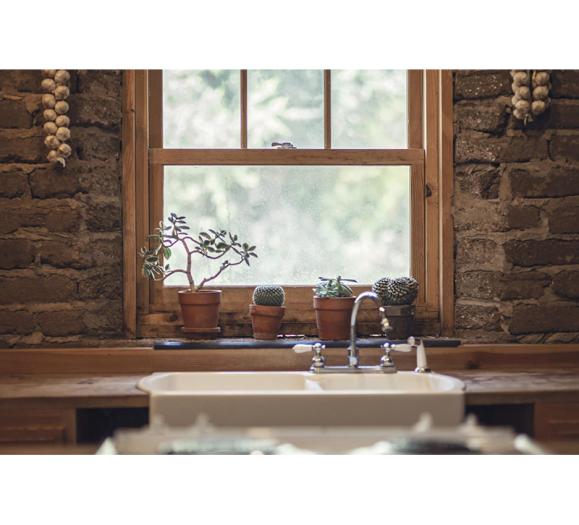Last September, Furniture, Lighting & Decor took a deep dive into NPR and Edison Research’s ongoing Smart Audio Report, which then estimated that about 43 million American adults ages 18 and over owned at least one smart speaker. That number today? The latest from NPR and Edison puts that number at 53 million, a whopping 14 million new users in all of 2018 alone. Between December 2017 and December 2018, the number of smart speakers in U.S. households jumped 78 percent to 118.5 million.
Here are just a few other updates recorded:
- The average smart speaker household now features 2.3 smart speakers, up from an average of 1.7 devices per household at this time last year.
- 8 percent of people in the U.S. got a smart speaker during the 2018 holiday season, between Black Friday and the end of December 2018.
- 52 percent of all smart speaker owners report using their device daily.
- 14 million people in the U.S. got their first smart speaker in 2018.
But NPR and Edison aren’t the only ones trying to map the smart speaker trend. Last month, Consumer Intelligence Research Partners (CIRP) released its own findings on smart speaker adoption, and while their numbers don’t quite match up with NPR and Edison’s, they do provide some insights on which speakers consumers prefer and how many they’re willing to buy. Hint: Amazon is leading the charge.
Here’s the latest on smart speaker adoption and what the biggest brands are.



Get in on the Smart Home
Retailers may not be able to carry some smart-home products and voice assistants, but that doesn’t mean independent showrooms cannot get in on the smart-home trend. Here’s how you can position your showroom as an expert in all things smart.
Integrate smart products in your showroom. Having a voice assistant like Amazon Echo or Google Home should be a given, but not every showroom can have a designated “smart space” for all home automation products. If you don’t have a smart space, integrate smart products into your showroom so you can show customers how useful they are in your business operations.
Host demonstrations. Put out a spread and invite customers to your store for a smart-home demonstration. Choose a focus, such as sustainability or health and wellness, and teach consumers how smart products can help these concerns and make life a little easier.
Blog about it and talk about it online. Your email subscribers and social media followers have plenty of smart-home questions and are hungry for information on how to connect their products. Use your blog, Facebook Live or YouTube videos and social media channels to share tips and tricks on how to create a smart home.







